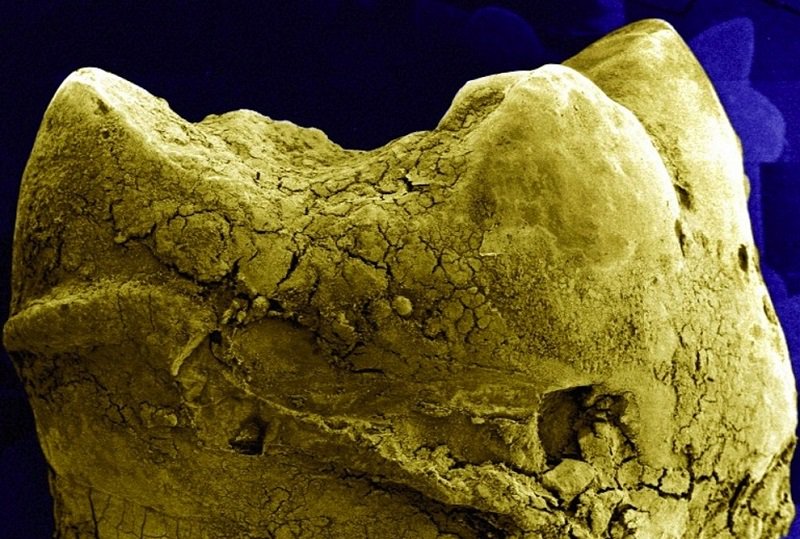The Study Of Ancient Plaque Reveals Important Information About Disease
Most people are familiar with dental plaque and tartar. Plaque is composed mainly of bacteria, but it also contains food particles, environmental substances, and human DNA. Tartar is plaque that has been calcified and is also known as calculus. Recently, the study of ancient calculus has yielded very valuable information, and is likely to continue to improve, thus it is an exciting topic. Broadly speaking, the study of old germs is called paleomicrobiology and the study of ancient calculus is just one aspect of this field. By comparing ancient calculus to modern calculus, it has been determined that the bacterial content is well preserved and is therefor a valuable substrate to study.
Anton Van Leeuwenhoek was the first person to recognize bacteria when he looked at his plaque under a microscope. The study of microbiology has been going on ever since that day in the 1600’s. Through studies of living bacterial communities in the human body (known as the microbiome), a link has been regarding the makeup of these colonies and our state of health. A stable diverse microbiome is usually associated with health, while a less diverse and altered one is associated with disease.(1) Changes to the composition of human calculus have revealed less diverse colonies with higher amounts of disease causing bacteria.(2) With the advent of new DNA sequencing techniques, standardization of lab protocols and contamination control, the once unreliable study of fossilized calculus shows much promise.(3)
Two great shifts in the types of bacteria in our oral cavities have been noted. (4) The first one occurred 10,000 years ago when we transitioned away from hunting and gathering toward farming grains. This transition introduced a carbohydrate rich diet for the first time. At this time, the presence of calculus increased, and we started developing cavities and gum disease for the first time. The presence of fermentable carbohydrates has been determined to be the cause of these conditions.(5) Calculus then remained stable until the industrial revolution when we started refining flour even more through the use of milling machines and introduced cheap sugar for the first time.(6) Also on the rise are obesity, diabetes, arthritis and heart disease, all of which are associated with germs found in plaque.(7) There are several other causes of these diseases as evidenced by the fact that these diseases are on the rise while our plaque has remained stable since the industrial revolution.
In Summary
We have seen that tooth decay and gum disease are correlated with the introduction of farming and have been exacerbated by their further refinement during the industrial revolution. These facts overlap with the changes in our calculus. There are more disease-causing germs in our mouths, while at the same time, the diversity of the colonies has diminished. I recommend eliminating fermentable carbohydrates from the diet. Read more about the subject in my previous posts here, here and here.



